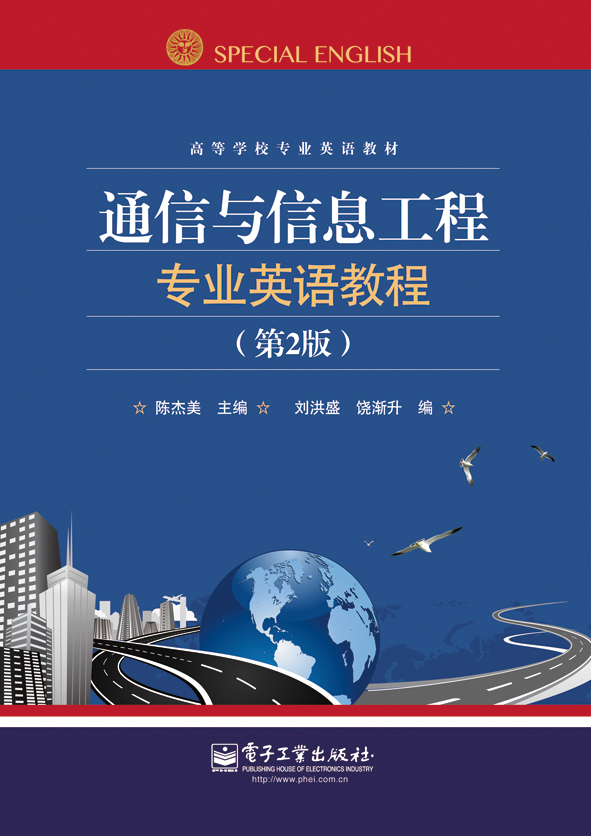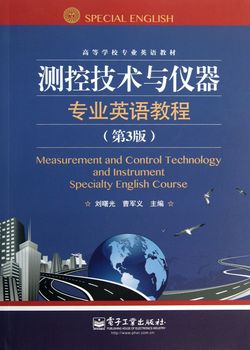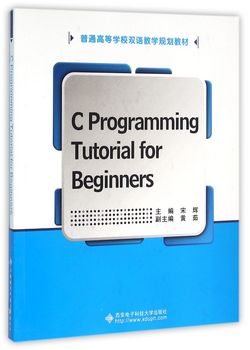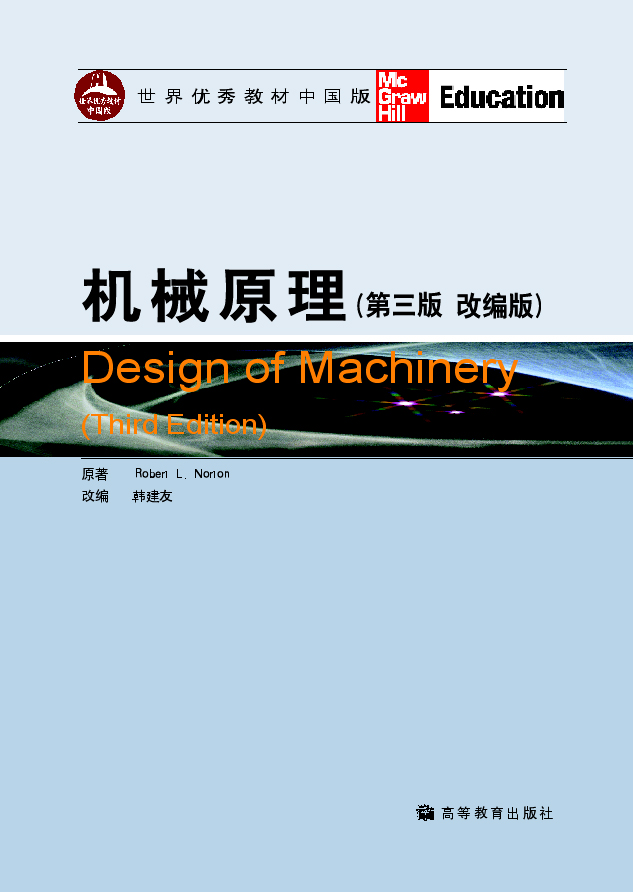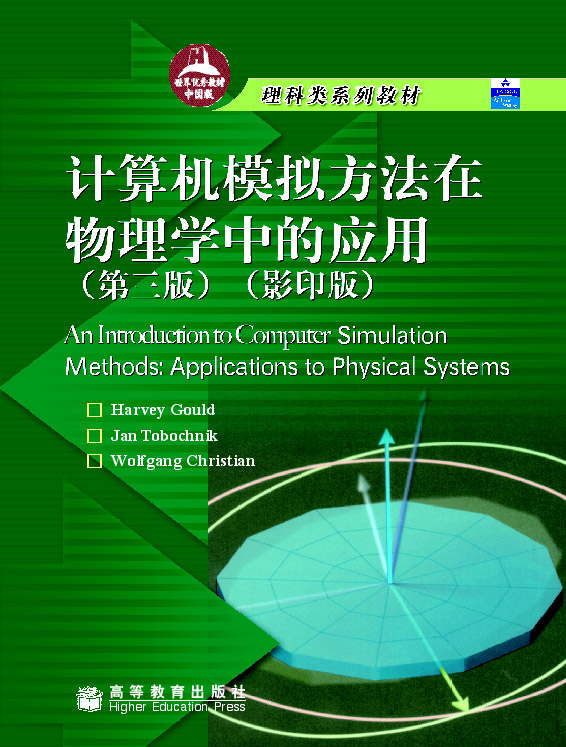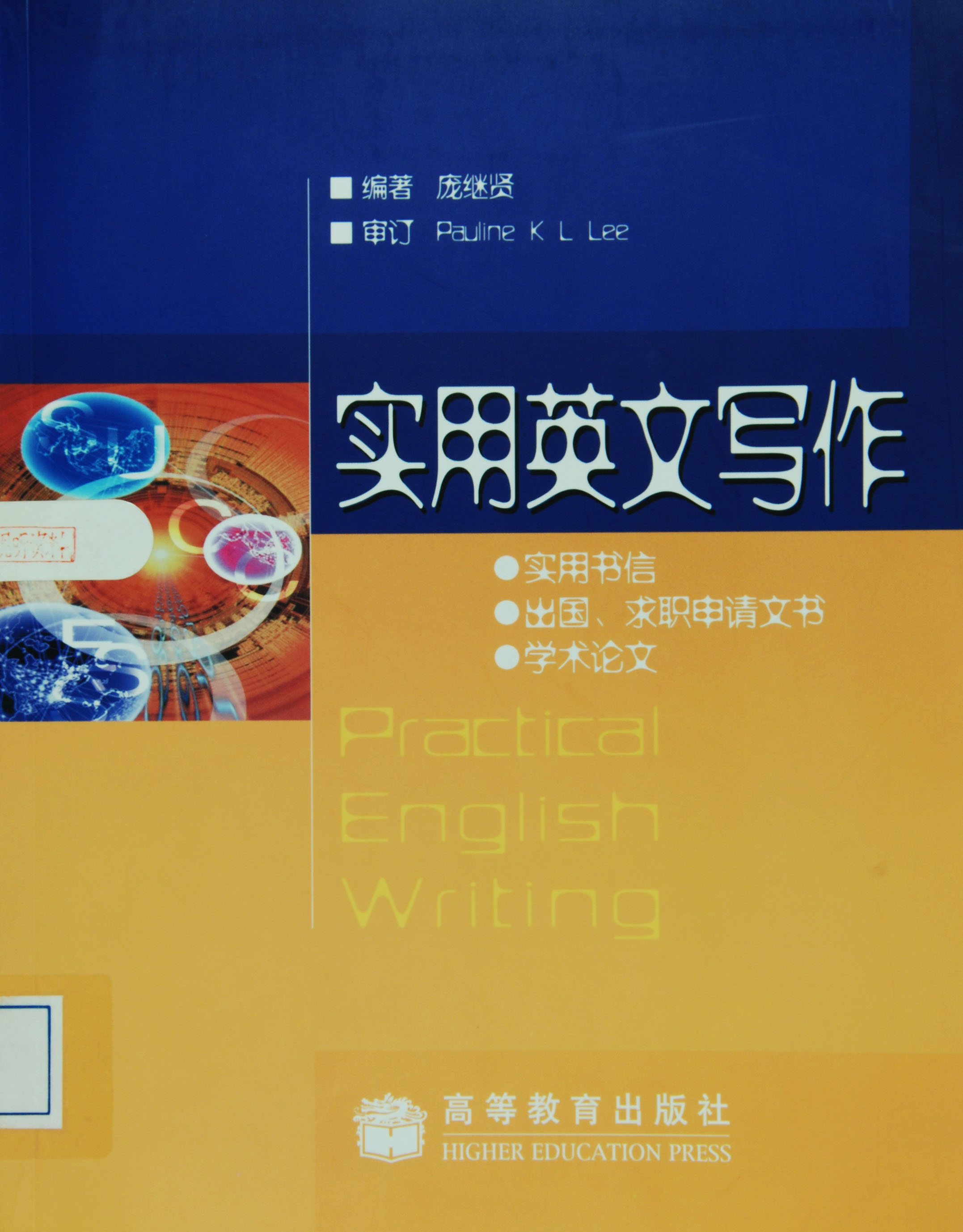- 电子工业出版社
- 9787121227769
- 1-12
- 85866
- 47244977-6
- 平塑
- 16开
- 2023-06
- 611
- 308
- 工学
- 信息与通信工程
- TN91
- 电子信息与电气
- 本科 研究生(硕士、EMBA、MBA、MPA、博士)
目录
CONTENTS
Lesson 0 科技英语的基础知识
0.1 科技英语中的几个关键问题
(Some Key Problems in Scientific and Technical English)
0.1.1 词汇(Vocabularies or Words)
0.1.2 虚义词(Form Words)
0.1.3 长句(Long Sentences)
0.2 翻译的准则(Criteria of Translation)
0.3 翻译中的变换(Changes in Translation)
0.3.1 词类的变换(Changes Between Word Classes)
0.3.2 词序的变换(Changes in Word Order)
0.3.3 省略(Ellipsis)
0.3.4 补充(Supplements)
0.3.5 引申(Extensions)
0.4 关于数量(Numbers and Quantities)
0.4.1 数制(Number Systems)
0.4.2 量词的缩写(Abbreviations about Numbers)
0.4.3 关于数量的增减(About Increase and Decrease)
0.5 数学符号与数学式(Mathematic Symbols and Expressions)
0.5.1 常用数学符号(Mathematic Symbols)
0.5.2 常用希腊字母(Grecian Letters)
0.5.3 常用数学式(Mathematic Expressions)
0.6 论文标题与摘要的写作(How to Write a Thesis)
0.6.1 论文标题(How to Write the Title)
0.6.2 论文摘要(How to Write the Abstract)
0.6.3 论文摘要的常用句型(Some Useful Patterns Used in the Abstract)
0.6.4 例子(Examples)
Lesson 1 Introduction to Electronic Communications
1.1 Historical Perspective
1.2 Electronic Communications Systems
1.3 The Electromagnetic Spectrum
1.4 Bandwidth and Information Capacity
Reading Material
Lesson 2 Information Sources
2.1 Speech and Music
2.2 Pictures
2.3 Computer Data
2.4 Noise
Reading Material
Lesson 3 Information Systems
3.1 Information and Data
3.2 Information System
3.3 Computerbased Information System
3.4 Business Information Systems
Reading Material
Lesson 4 Signal Generation
4.1 LC Circuits
4.2 Oscillators
4.3 IntegratedCircuit Waveform Generation
4.4 Digital Waveform Generation
Reading Material
Lesson 5 Random Processes
5.1 Introduction
5.2 Mathematical Definition of a Random Process
5.3 Stationary Process
5.4 Mean, Correlation, and Covariance Functions
5.5 Ergodic Processes
5.6 Gaussian Process
Reading Material
Lesson 6 Amplitude Modulation Transmission
6.1 Principles of Amplitude Modulation
6.2 Singleside Band Modulation
6.3 Generation of SSB Waves
6.4 Weaver SSB frequency shifting technique
Reading Material
Lesson 7 Angle Modulation
7.1 Representation of PM and FM Signals
7.2 Spectra of AngleModulated Signals
7.3 Narrowband Angle Modulation
7.4 Wideband Frequency Modulation
7.5 Preemphasis and Deemphasis in AngleModulated Systems
Reading Material
Lesson 8 Video Communications
8.1 Overview of Video communication
8.2 Typical Video applications
8.3 Communication Networks
Reading Material
Lesson 9 Transmission Lines
9.1 Types of Transmission Lines
9.2 Transmissionline Wave Propagation
9.3 Timedomain Reflectometry
Reading Material
Lesson 10 Electromagnetic Wave Propagation
10.1 Introduction
10.2 Optical Properties of Radio Waves
10.3 Terrestrial Propagation of Electromagnetic Waves
Reading Material
Lesson 11 Antennas and Waveguides
11.1 Introduction
11.2 Antenna Terminology and Definitions
11.3 Antenna Arrays and Array Antenna[14]
11.4 Waveguides
Reading Material
Lesson 12 Optical fiber communications
12.1 Fibers in communications
12.2 FiberOptic Communication Equipment
12.3 Transmitters Operational Considerations
12.4 WDM Systems
Reading Material
Lesson 13 Digital Modulation
13.1 Introduction
13.2 Factors That Influence the Choice of Digital Modulation
13.3 Binary Modulated Bandpass Signaling
13.4 Multilevel Modulated Bandpass Signaling
Reading Material
Lesson 14 Data Communications, Codes Error Control
14.1 Introduction
14.2 Data Communications Circuits
14.3 Data Communications Code
Lesson 0 科技英语的基础知识
0.1 科技英语中的几个关键问题
(Some Key Problems in Scientific and Technical English)
0.1.1 词汇(Vocabularies or Words)
0.1.2 虚义词(Form Words)
0.1.3 长句(Long Sentences)
0.2 翻译的准则(Criteria of Translation)
0.3 翻译中的变换(Changes in Translation)
0.3.1 词类的变换(Changes Between Word Classes)
0.3.2 词序的变换(Changes in Word Order)
0.3.3 省略(Ellipsis)
0.3.4 补充(Supplements)
0.3.5 引申(Extensions)
0.4 关于数量(Numbers and Quantities)
0.4.1 数制(Number Systems)
0.4.2 量词的缩写(Abbreviations about Numbers)
0.4.3 关于数量的增减(About Increase and Decrease)
0.5 数学符号与数学式(Mathematic Symbols and Expressions)
0.5.1 常用数学符号(Mathematic Symbols)
0.5.2 常用希腊字母(Grecian Letters)
0.5.3 常用数学式(Mathematic Expressions)
0.6 论文标题与摘要的写作(How to Write a Thesis)
0.6.1 论文标题(How to Write the Title)
0.6.2 论文摘要(How to Write the Abstract)
0.6.3 论文摘要的常用句型(Some Useful Patterns Used in the Abstract)
0.6.4 例子(Examples)
Lesson 1 Introduction to Electronic Communications
1.1 Historical Perspective
1.2 Electronic Communications Systems
1.3 The Electromagnetic Spectrum
1.4 Bandwidth and Information Capacity
Reading Material
Lesson 2 Information Sources
2.1 Speech and Music
2.2 Pictures
2.3 Computer Data
2.4 Noise
Reading Material
Lesson 3 Information Systems
3.1 Information and Data
3.2 Information System
3.3 Computerbased Information System
3.4 Business Information Systems
Reading Material
Lesson 4 Signal Generation
4.1 LC Circuits
4.2 Oscillators
4.3 IntegratedCircuit Waveform Generation
4.4 Digital Waveform Generation
Reading Material
Lesson 5 Random Processes
5.1 Introduction
5.2 Mathematical Definition of a Random Process
5.3 Stationary Process
5.4 Mean, Correlation, and Covariance Functions
5.5 Ergodic Processes
5.6 Gaussian Process
Reading Material
Lesson 6 Amplitude Modulation Transmission
6.1 Principles of Amplitude Modulation
6.2 Singleside Band Modulation
6.3 Generation of SSB Waves
6.4 Weaver SSB frequency shifting technique
Reading Material
Lesson 7 Angle Modulation
7.1 Representation of PM and FM Signals
7.2 Spectra of AngleModulated Signals
7.3 Narrowband Angle Modulation
7.4 Wideband Frequency Modulation
7.5 Preemphasis and Deemphasis in AngleModulated Systems
Reading Material
Lesson 8 Video Communications
8.1 Overview of Video communication
8.2 Typical Video applications
8.3 Communication Networks
Reading Material
Lesson 9 Transmission Lines
9.1 Types of Transmission Lines
9.2 Transmissionline Wave Propagation
9.3 Timedomain Reflectometry
Reading Material
Lesson 10 Electromagnetic Wave Propagation
10.1 Introduction
10.2 Optical Properties of Radio Waves
10.3 Terrestrial Propagation of Electromagnetic Waves
Reading Material
Lesson 11 Antennas and Waveguides
11.1 Introduction
11.2 Antenna Terminology and Definitions
11.3 Antenna Arrays and Array Antenna[14]
11.4 Waveguides
Reading Material
Lesson 12 Optical fiber communications
12.1 Fibers in communications
12.2 FiberOptic Communication Equipment
12.3 Transmitters Operational Considerations
12.4 WDM Systems
Reading Material
Lesson 13 Digital Modulation
13.1 Introduction
13.2 Factors That Influence the Choice of Digital Modulation
13.3 Binary Modulated Bandpass Signaling
13.4 Multilevel Modulated Bandpass Signaling
Reading Material
Lesson 14 Data Communications, Codes Error Control
14.1 Introduction
14.2 Data Communications Circuits
14.3 Data Communications Code

